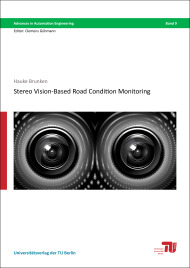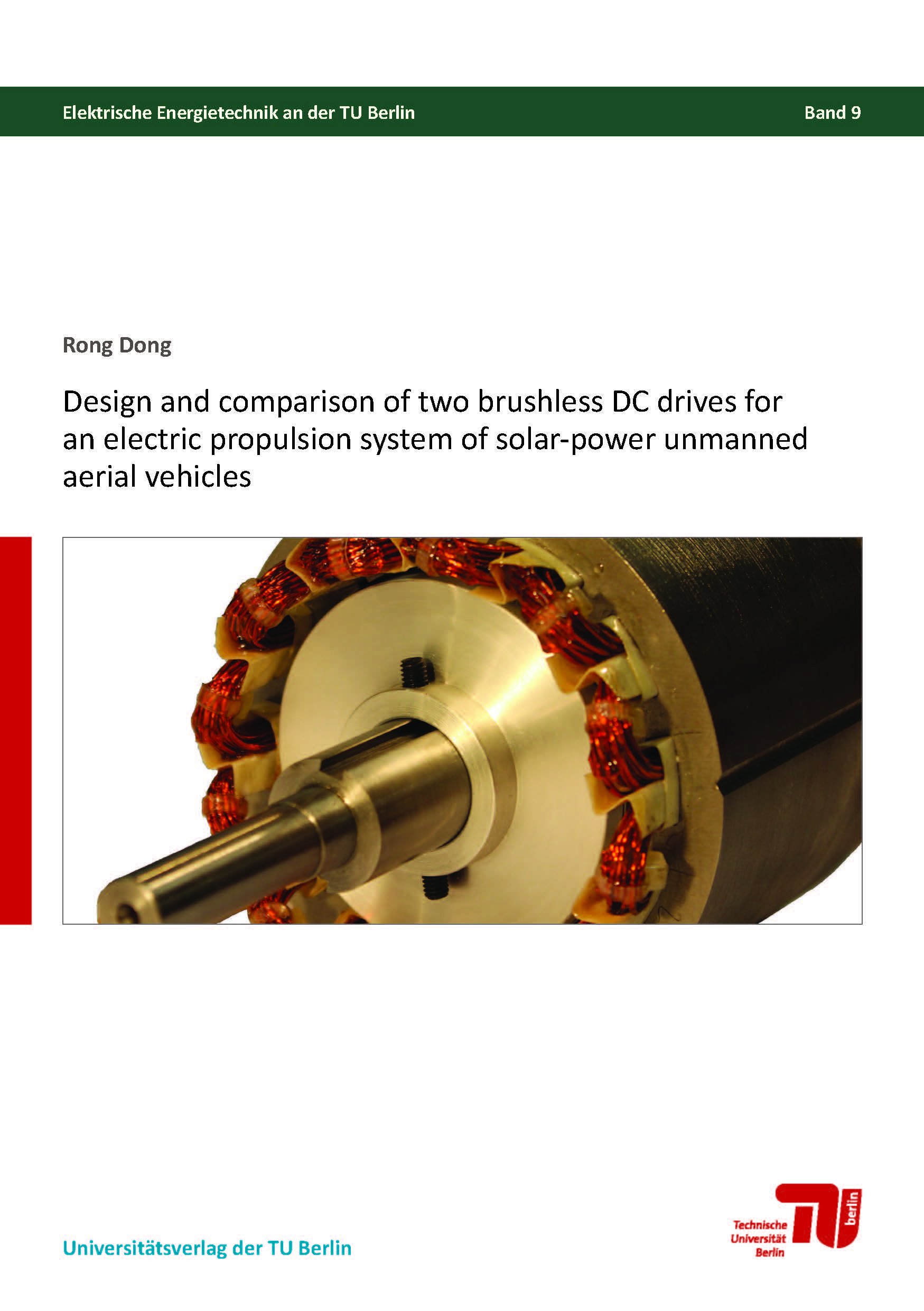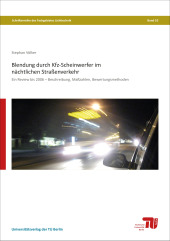Stereo vision-based road condition monitoring

Size: 182 pages
Format: 17,0 x 24,0 cm
Publishing year: 2021
Format: 17,0 x 24,0 cm
Publishing year: 2021
Reihe: Advances in Automation Engineering ; 9
ISBN 978-3-7983-3205-8
15,00 €
When planning road construction measures, it is essential to have up-to-date information on road conditions. If this information is not to be obtained manually, it is currently obtained using laser scanners mounted on mobile mapping vehicles, which can measure the 3D road profile. However, a large number of mobile mapping vehicles would be necessary to record an entire road network on a regular basis. Since 2D road damages can be found automatically on monocular camera images, the idea was born to use a stereo camera system to capture the 3D profile of roads. With stereo camera systems, it would be possible to equip a large number of vehicles and regularly collect data from large road networks.
In this thesis, the potential applications of a stereo camera system for measuring road profiles, which is mounted behind the windshield of a vehicle, are investigated. Since this requires a calibration of the stereo camera system, but the effort for the user should be kept low, the camera self-calibration for this application is also examined.
3D reconstruction from stereoscopic images is a well-studied topic, but its application on road surfaces with little and repetitive textures requires special algorithms. For this reason, a new stereo method was developed. It is based on the plane-sweep approach in combination with semi-global matching. It was tested with different measures for pixel comparison. Furthermore, the plane-sweep approach was implemented in a neural network that solves the stereo correspondence problem in a single step. It uses the stereoscopic images as input and provides an elevation image as output.
A completely new approach was developed for the self-calibration of mono cameras and stereo camera systems. Previous methods search for feature points in several images of the same scene. The points are matched between the images and used for the calibration. In contrast to these methods, the proposed method uses feature maps instead of feature points to compare multiple views of one and the same plane. To estimate the unknown parameters, the backpropagation algorithm is used together with the gradient descent method.
The measurements obtained by stereoscopic image processing were compared with those obtained by industrial laser scanners. They show that both measurements are very close to each other and that a stereoscopic camera system is in principle suitable for capturing the surface profile of a road.
Experiments show that the proposed self-calibration method is capable of estimating all parameters of a complex camera model, including lens distortion, with high precision.



